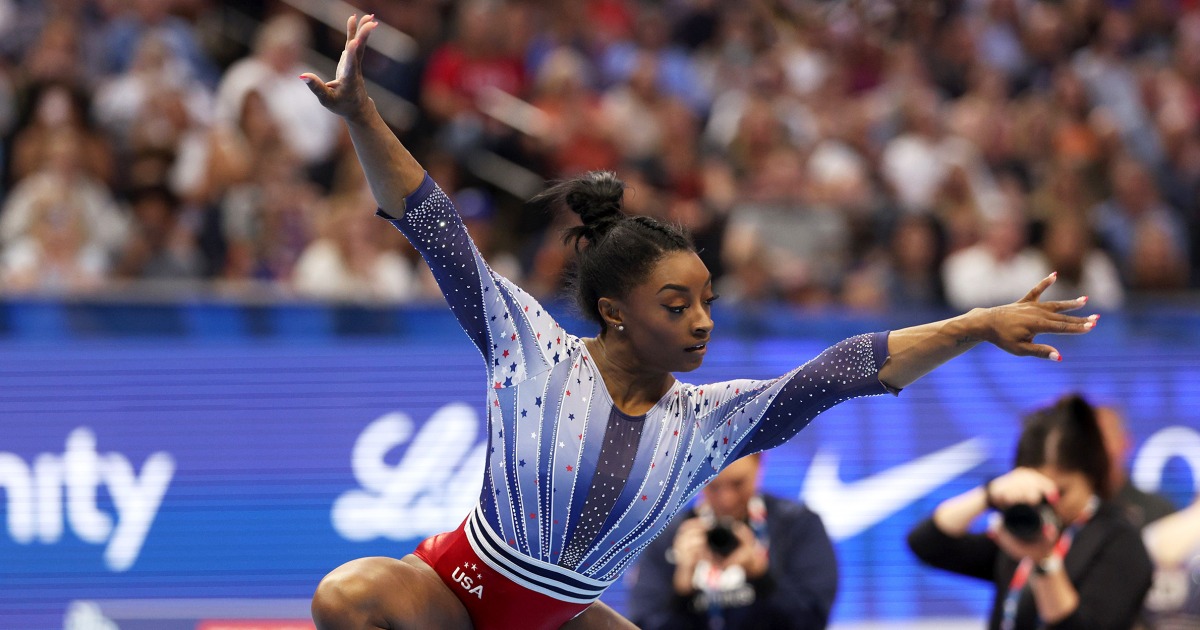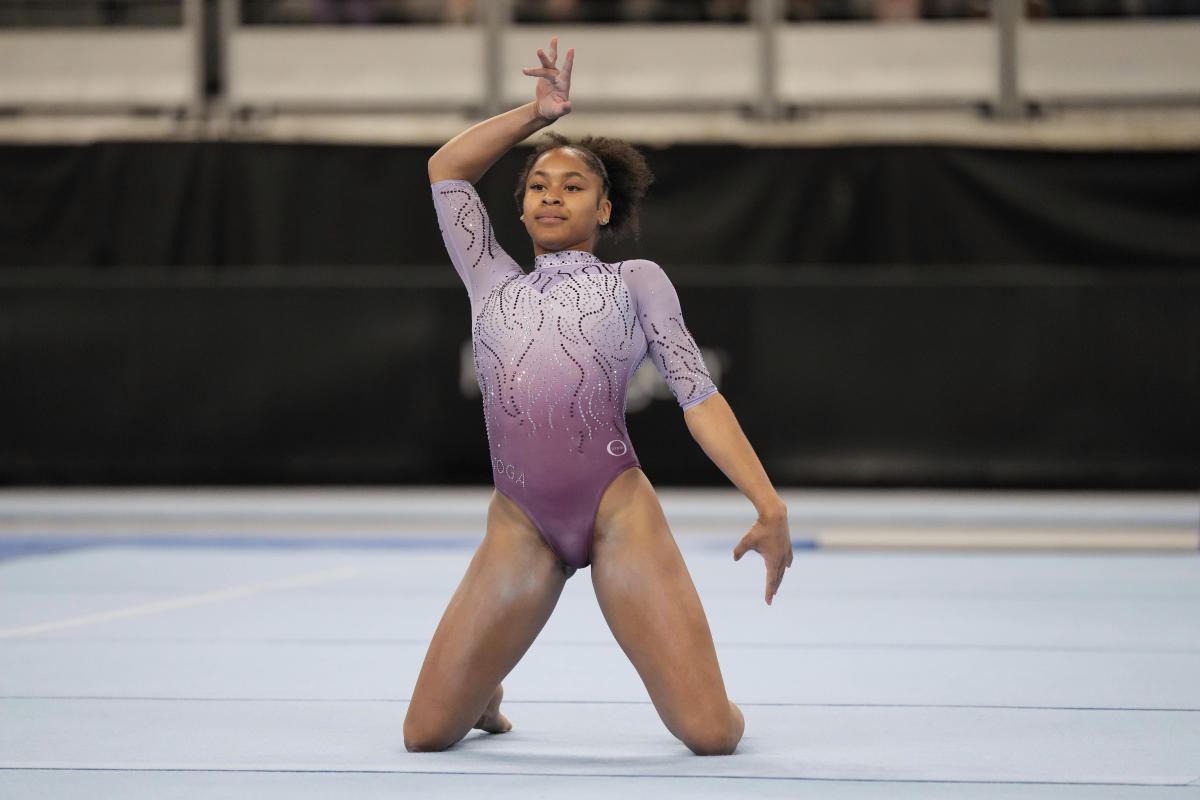Overview of Gymnastics Olympic Trials Injury
Gymnastics olympic trials injury – The Gymnastics Olympic Trials are a crucial event in the sport of gymnastics, as they determine which athletes will represent their country at the Olympic Games. The Trials are known for their high level of competition and intensity, which can lead to a significant number of injuries.
According to a study published in the journal “Sports Medicine,” the overall injury rate at the Gymnastics Olympic Trials is approximately 10%. The most common types of injuries are sprains and strains, followed by fractures and dislocations. These injuries can occur during any phase of the competition, including training, warm-ups, and actual competition.
Types of Injuries
The types of injuries sustained by gymnasts during the Olympic Trials can vary depending on the specific event and the individual athlete’s technique. However, some of the most common types of injuries include:
- Sprains and strains: These are injuries to ligaments and tendons, which are the tissues that connect bones and muscles. Sprains and strains can occur when a joint is twisted or overextended.
- Fractures: These are breaks in bones. Fractures can occur when a bone is subjected to excessive force.
- Dislocations: These are injuries in which a bone is forced out of its normal position. Dislocations can occur when a joint is twisted or overextended.
- Other injuries: In addition to the above, gymnasts may also sustain other types of injuries, such as muscle tears, nerve damage, and concussions.
Prevention and Management of Gymnastics Olympic Trials Injury

Gymnastics Olympic Trials is an intense competition that requires gymnasts to perform complex and physically demanding routines. Injury prevention and management are crucial for gymnasts to stay healthy and perform at their best.
Best practices for injury prevention include proper warm-up and cool-down routines, adequate rest and recovery, and using proper technique when performing skills.
Role of Medical Professionals
Medical professionals play a vital role in monitoring and managing injuries during the Trials. They can identify and treat injuries early on, provide guidance on rehabilitation and recovery, and make recommendations for injury prevention.
Rehabilitation and Recovery Strategies, Gymnastics olympic trials injury
Rehabilitation and recovery strategies are essential for injured gymnasts to regain their strength, range of motion, and skills. These strategies may include physical therapy, massage therapy, and acupuncture.
The Olympic trials for gymnastics can be a dangerous time for athletes, as they push their bodies to the limit in an effort to qualify for the Games. Unfortunately, injuries are common during this time, and they can range from minor sprains to serious fractures.
Gymnastics injuries can be caused by a variety of factors, including overuse, improper technique, and falls. While some injuries can be treated with rest and rehabilitation, others may require surgery. In some cases, injuries can even end an athlete’s career.
The road to the Olympics is paved with intense training, and unfortunately, injuries are a common occurrence. The recent gymnastics Olympic trials were no exception, with several athletes suffering from various ailments. Injuries are an unfortunate reality in gymnastics, a sport that demands extreme flexibility, strength, and coordination.
Gymnastics injuries can range from minor strains to severe fractures, and they can have a significant impact on an athlete’s career. Despite the risks, gymnasts continue to push their bodies to the limit in pursuit of their Olympic dreams.
